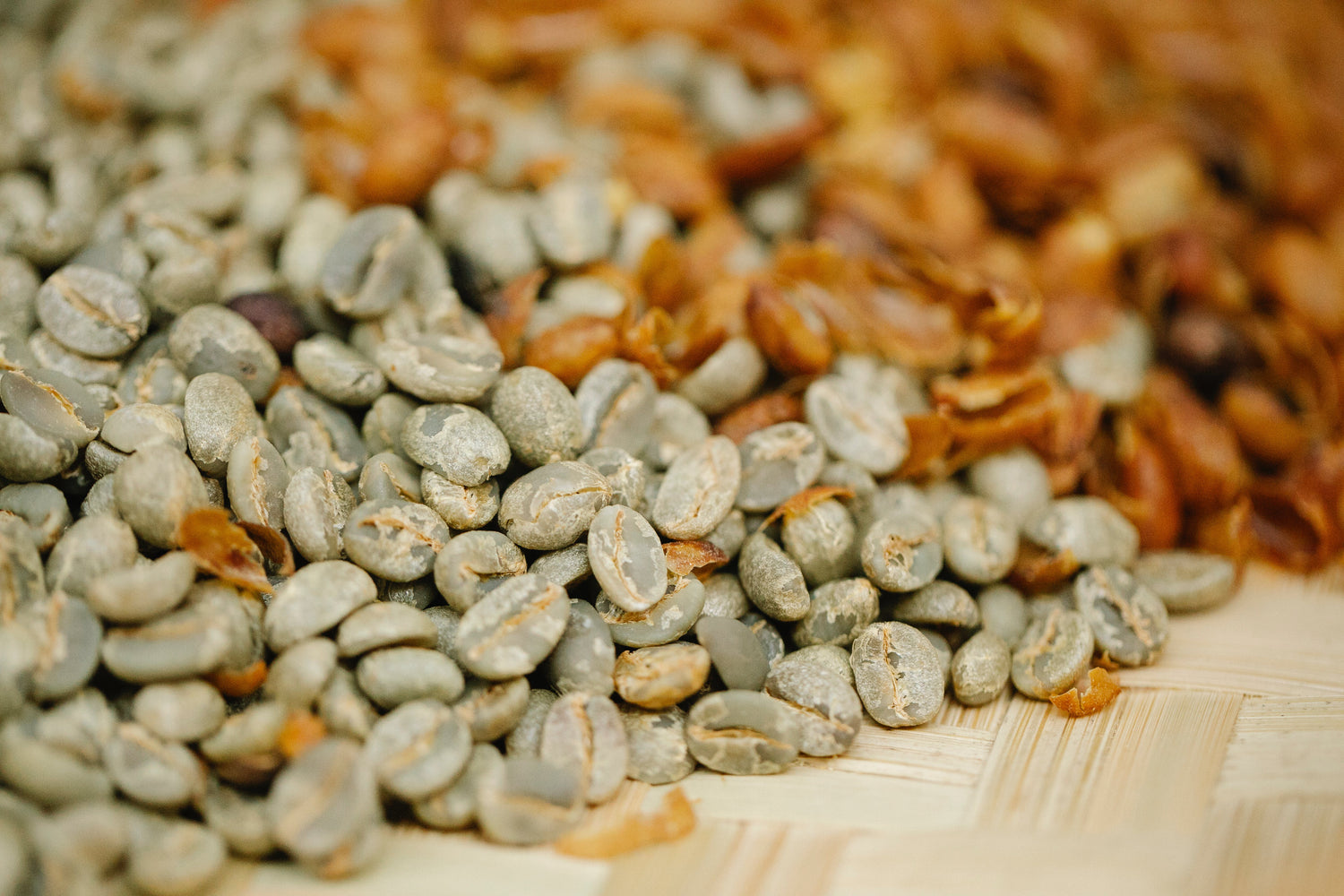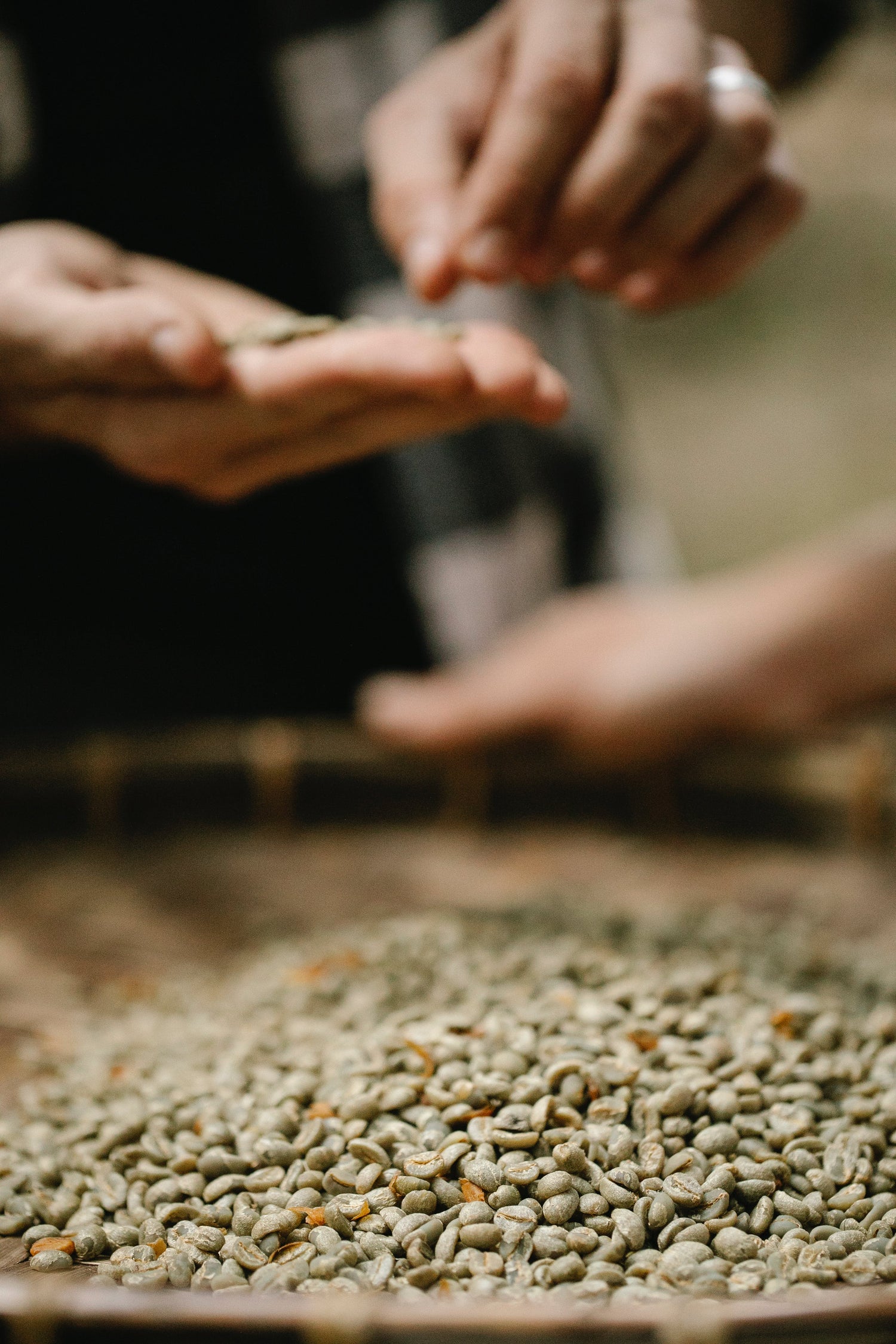Washed Coffee Beans Process

Once the coffee cherries are harvested, some necessary steps need to be done before poured into burlap bags and sent out to the world.

1. Sorting - Coming out of the coffee orchards, our cherries are getting sorted. They'll soak in a water tank for up to 24 hours; the ripe ones will sink to the bottom, and the unripe beans will stay afloat at the top.
2. Pulping - The next step is to remove the outer layer of the fruit. The ripe cherries are thrown into a de-pulping machine, where the skin part is removed and the seed - coffee bean - comes out.
3. Fermentation - Now our coffee beans are getting a "spa treatment". They're tossed into a large water tank to float up to 24 hrs. The time varies, and there are so many factors influencing this step; the temperatures, particular estates, and each country has slightly different processes. Any seed floating on top is removed. This process creates enzymes that break down the coffee bean multiage, which is a substance responsible for the delicious flavour.
4. The Final step of this method is Drying - Our coffee beans will have a nice bask in the sun, that's what the smaller farmer would do. Bigger estates use mechanical dryers - faster but more expensive way. Still, both ways, the bean gets dried up to 90%. The end moisture content is between 10-12%.
This detailed process creates a symphony between the coffee flavour and the craft of the industry. A lot of coffee lovers will swear to this method for its pure and bold flavours with brightness.
Now when you know about this process are you going to try and experiment with washed coffee beans? Which one is your favourite?
Explore our washed coffee beans, African - Tanzania Peaberry, or Kenya Nyeri, Kenya Kiambu. South American - Colombians or Brazi
EXPLORE MORE BEANS
-
India Malabar
Regular price $19.00 CADRegular priceUnit price / per -
Ethiopia Harrar
Regular price $22.00 CADRegular priceUnit price / per -
Eithiopia Yirgachefe - Mamokacha
Regular price $22.50 CADRegular priceUnit price / per




